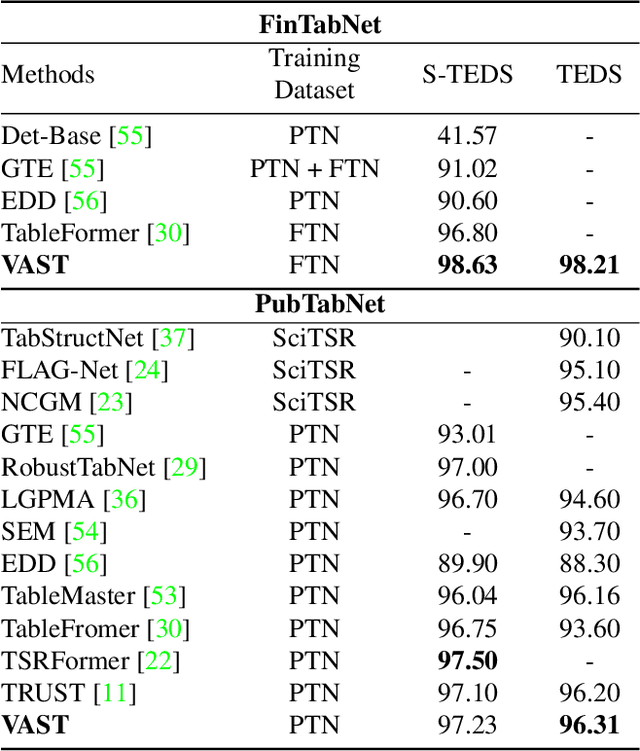Yongshuai Huang
Self-distillation Regularized Connectionist Temporal Classification Loss for Text Recognition: A Simple Yet Effective Approach
Aug 21, 2023Abstract:Text recognition methods are gaining rapid development. Some advanced techniques, e.g., powerful modules, language models, and un- and semi-supervised learning schemes, consecutively push the performance on public benchmarks forward. However, the problem of how to better optimize a text recognition model from the perspective of loss functions is largely overlooked. CTC-based methods, widely used in practice due to their good balance between performance and inference speed, still grapple with accuracy degradation. This is because CTC loss emphasizes the optimization of the entire sequence target while neglecting to learn individual characters. We propose a self-distillation scheme for CTC-based model to address this issue. It incorporates a framewise regularization term in CTC loss to emphasize individual supervision, and leverages the maximizing-a-posteriori of latent alignment to solve the inconsistency problem that arises in distillation between CTC-based models. We refer to the regularized CTC loss as Distillation Connectionist Temporal Classification (DCTC) loss. DCTC loss is module-free, requiring no extra parameters, longer inference lag, or additional training data or phases. Extensive experiments on public benchmarks demonstrate that DCTC can boost text recognition model accuracy by up to 2.6%, without any of these drawbacks.
Improving Table Structure Recognition with Visual-Alignment Sequential Coordinate Modeling
Mar 20, 2023



Abstract:Table structure recognition aims to extract the logical and physical structure of unstructured table images into a machine-readable format. The latest end-to-end image-to-text approaches simultaneously predict the two structures by two decoders, where the prediction of the physical structure (the bounding boxes of the cells) is based on the representation of the logical structure. However, the previous methods struggle with imprecise bounding boxes as the logical representation lacks local visual information. To address this issue, we propose an end-to-end sequential modeling framework for table structure recognition called VAST. It contains a novel coordinate sequence decoder triggered by the representation of the non-empty cell from the logical structure decoder. In the coordinate sequence decoder, we model the bounding box coordinates as a language sequence, where the left, top, right and bottom coordinates are decoded sequentially to leverage the inter-coordinate dependency. Furthermore, we propose an auxiliary visual-alignment loss to enforce the logical representation of the non-empty cells to contain more local visual details, which helps produce better cell bounding boxes. Extensive experiments demonstrate that our proposed method can achieve state-of-the-art results in both logical and physical structure recognition. The ablation study also validates that the proposed coordinate sequence decoder and the visual-alignment loss are the keys to the success of our method.
 Add to Chrome
Add to Chrome Add to Firefox
Add to Firefox Add to Edge
Add to Edge